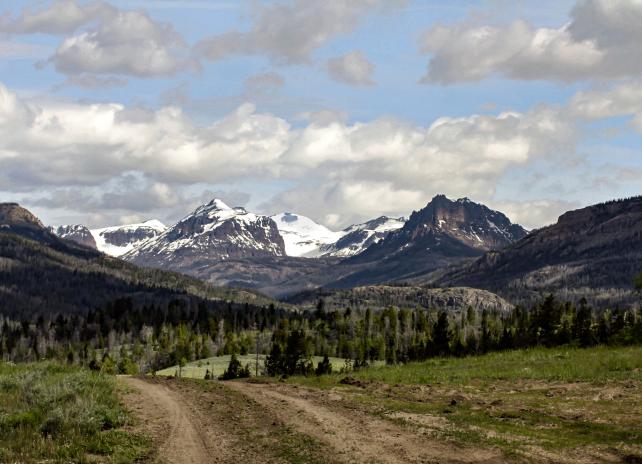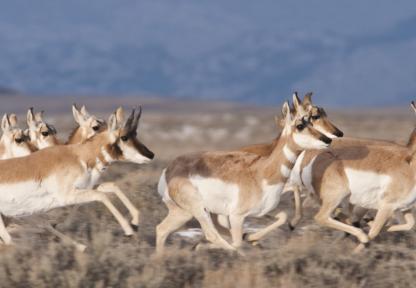
Migration & Habitat
Lessons included in this Crate will emphasize the essential components of a habitat, how wildlife of all sizes depend on their environment’s health, and how wildlife interact with their environment.
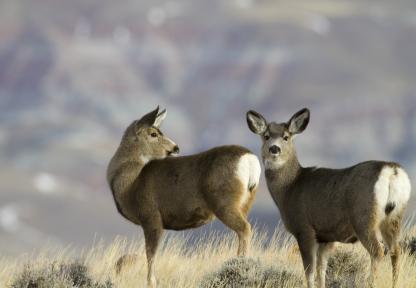
Management Models
The environment, all wildlife, and humans are interconnected and dependent on each other. Lessons included demonstrate the relationships between wildlife and their habitat, wildlife and other wildlife, and wildlife with humans.

Invasive Species & Diseases
Lessons explain invasive species and diseases’ impacts on wildlife populations and the environment. Topics include Chronic Wasting Disease (CWD), aquatic invasive species, and the Black-Footed Ferret story.
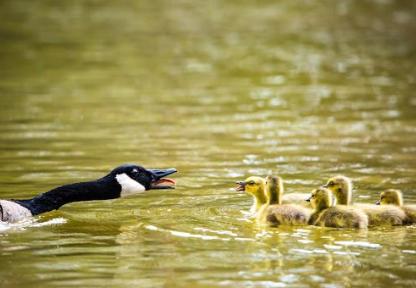
Animal Adaptations
Wildlife has changed physically, behaviorally, and physiologically to better suit and thrive within their environment. Lessons demonstrate the importance of adaptations for critters in all environments.
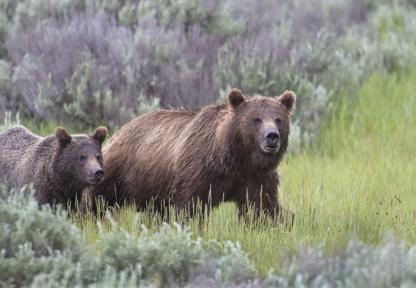
Bear ID & Safety
Wyoming is home to large bear populations. Lessons provide opportunities for bear identification, bear spray demonstrations, and home preparations to prevent bear interactions.
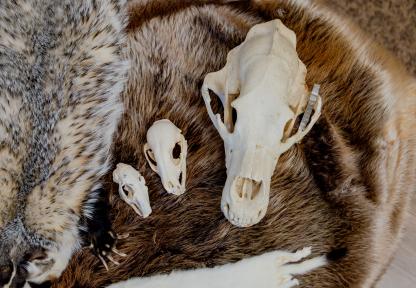
Pelts & Skulls
This Crate has native wildlife pelts and skulls. The facilitator may use these materials in their manner. However, two optional lessons that emphasize predator-prey relationships and skull classification are included.
Migration & Habitat
ABCs of Habitat
Students will explore abiotic, biotic, and cultural influences that make up our environment (Kindergarten through 3rd grade).
Aquatic Habitat Havoc
This lesson emphasizes the importance of intact habitat for Wyoming’s fish species (2nd through 12th grade).
Deer Ears
This lesson emphasizes the importance of physical and behavioral adaptations, particularly in mule deer (Kindergarten through 12th grade).
Deer Migration Obstacle Course
Students will imagine they are mule deer migrating from their summer to winter range (Kindergarten through 12th grade).
Fish Migration Obstacle Course
Students will imagine they are Cutthroat trout migrating in Wyoming ecosystems (Kindergarten through 12th grade).
Habitat Havoc
This lesson emphasizes the importance of intact habitat for Wyoming’s migrating ungulate species (2nd through 12th grade).
Macroinvertebrate Survey
Students will be introduced to the strategy of surveying aquatic macroinvertebrates as a tool to indicate water quality (Kindergarten through 12th grade).
Management Models
Food Web Fun
This lesson focuses on the various roles organisms play within a food chain (Kindergarten through 12th grade).
How many are there?
Surveying a large tract of land and counting all individuals can be highly time-consuming and expensive. Students will complete an easier and more cost-effective technique: mark-recapture! (6th through 12th grade)
Oh, Deer!
This activity illustrates that good habitat is the key to wildlife survival and how limiting factors can impact a population size (3rd through 12th grade).
Predation Playoffs
Students will experience a relationship between predator and prey fish species in an underwater ecosystem (Kindergarten through 3rd grade).
Invasive Species & Diseases
Bighorn Disease Transmission Tag
Students will demonstrate how disease spreads through Rocky Mountain bighorn sheep as they migrate (Kindergarten through 12th grade).
Clean, Drain, Dry Relay
This lesson introduces students to properly caring for their watercraft after leaving a waterway to prevent the spread of aquatic invasive species (3rd through 8th grade).
Oh, Deer! It’s CWD.
This activity showcases the effects of Chronic Wasting Disease on cervid populations (6th through 12th grade).
Picky Eaters
Students will simulate how losing food resources can drastically change a specialist species’ population size (4th through 12th grade).
The Extreme Invader
With their new knowledge of how quickly invasive species can take over an ecosystem, students will create their own (Kindergarten through 8th grade).
Animal Adaptations
Aquatic Creature Creations
Students will design fish with varying adaptations that help them survive in their habitat (Kindergarten through 12th grade).
Bird Beak Adaptations
This hands-on lesson encourages students to compare household tools to bird beaks and investigate which style works best in four habitats: a wetland, garden, forest and field (Kindergarten through 5th grade).
Build a Beaver
Students will learn about the unique characteristics of beavers and dress up as one while they learn! (Kindergarten through 6th grade).
Move If You Match
This quick activity lets students discover connections between multiple wildlife species (3rd through 12th grade).
Owl Adaptations
Students will test their abilities and relate to an owl (Kindergarten through 8th grade).
Who Am I?
This short activity encourages students to identify a mystery Wyoming wildlife species through a series of questions (2nd through 12th grade).
Winter Is Coming
Students will learn about the specific adaptations various Wyoming wildlife species have to survive the winter, like migrating, hibernating, specialized feet, food storage, etc (1st through 8th grade).
Bear ID & Safety
Can It Be Bear-Proof?
This lesson encourages students to attempt to break into a bear-resistant canister and creatively assemble their own (3rd through 12th grade).
Living in Bear Country
Students will understand how to keep bears and people safe where they coexist (Kindergarten through 3rd grade).
The Nose Knows
This lesson showcases how easily a bear can smell food and other items, attempt to identify various scents and determine what they can do to prevent attracting bears to an area (Kindergarten through 6th grade).
WY Be Bear Wise?
Students will differentiate between both bear species in Wyoming, react appropriately to various encounters and deploy bear spray (3rd through 12th grade).
Pelts & Skulls
Pelt Hunt
Students will explore the challenges predators encounter while hunting for their next meal: well-adapted prey species (Kindergarten through 12th grade).
Whose Skull Is It, Anyway?
Students will determine what species a skull belongs to and what that animal ate based on its unique characteristics (3rd through 12th grade).

